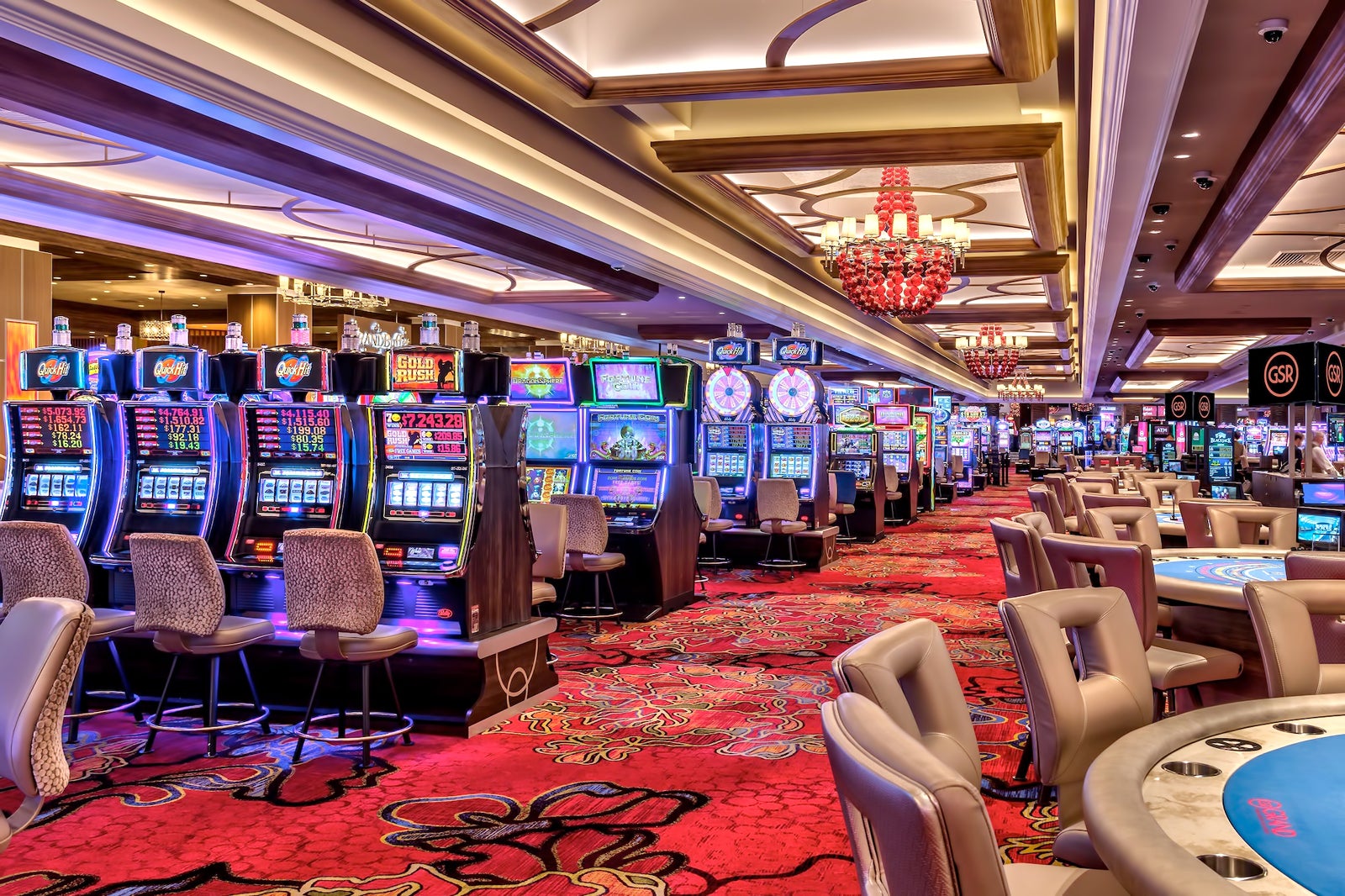
The sphere of casino games has long fascinated participants with its combination of thrill, strategy, and the excitement of chance. With technology progresses and the gambling landscape changes, an exciting approach known as gamification has begun to redefine the way we experience these classic activities. By including gaming elements such as tasks, prizes, and progress tracking, this approach raises player interaction and transforms the old-fashioned casino atmosphere into a much lively and immersive space.
This approach in casino entertainment not only attracts to experienced players but also attracts a fresh generation of participants who crave a more immersive adventure. Featuring features that promote involvement and foster connection among players, the gamified features breathe fresh energy into cherished classics like casino poker, 21, and slot machines. In we dig further into this trend, we will investigate how gamification is redefining the casino atmosphere, making it far inclusive, fun, and beneficial for all participating.
Understanding Gamification
Game mechanics denotes the implementation of game-like elements in non-game contexts to improve player involvement and interaction. In the realm of gaming, this concept has achieved considerable momentum, transforming traditional gaming into a more dynamic and rewarding experience. By integrating elements such as points, levels, and rewards, casinos can establish an ecosystem that motivates players to engage more frequently and for extended durations.
At the center of gamification is the urge to tap into the natural desires of players. Gaming experiences that employ gamification techniques are shaped to not only amuse but also to foster rivalry and achievement. 69VN Players are often compelled to the immediate feedback and progress tracking that these elements provide. This not only retains them engaged but also cultivates a sense of achievement as they achieve milestones and access new elements.
Furthermore, gamification can boost social interaction among players, fostering a social atmosphere that enriches the satisfaction of casino games. Features such as leaderboards, group contests, and collaborative tasks allow players to connect with others, share experiences, and compete in a good-natured manner. This social aspect adds an extra facet to the experience, making it even more engaging and pleasurable for participants.
Effect on Gamer Engagement
Game design strategies in casino games have significantly transformed the way gamers engage with their preferred activities. By adding elements such as prizes, leaderboards, and accomplishment icons, gaming platforms create an environment that fosters a stronger connection between users and the experiences they love. This increased engagement results to extended gaming sessions and heightened player loyalty, as players work to reach new stages or obtain exclusive rewards.
Moreover, the social aspect of game-based casino games cannot be ignored. Numerous venues allow gamers to compete against others or other users, which adds a level of excitement and friendship. This rivalry drives engagement by tapping into users’ desire to win, encouraging them to come back for extra in order to raise their position or showcase their accomplishments. As a result, the connections between players foster a feeling of belonging that encourages gamers coming back.
Additionally, the immediate recognition and acknowledgment provided by game elements serve to inspire players. Whether a message of a recent milestone or the excitement of earning a prize, these instant rewards play a essential role in maintaining engagement. By continually offering players for their efforts, casino games become more than just a pastime; they evolve into an immersive engagement that holds gamers and improves their overall experience.
Trends in Casino Game Design
The entire landscape of gambling game design is constantly evolving, driven by tech innovations and shifting player preferences. One notable trend is the integration of immersive technologies, such as virtual reality and AR reality, to enhance the gaming experience. Such technologies create a more captivating environment, enabling players to feel as though they are in a physical casino, which can lead to longer play sessions and increased player satisfaction.
Another trend is the inclusion of storytelling elements into casino games. Game designers are focusing on storytelling to create a deeper connection between the player and the game. This story-centric approach not only makes the games more enjoyable but also motivates players to engage emotionally, which can enhance their overall experience. By blending traditional gaming mechanics with captivating stories, developers are attracting a broader audience who may not have previously engaged with casino games.
Finally, the rise of multiplayer features is reshaping how players interact with casino games. Many games now incorporate social elements, such as sharing achievements or challenging with friends, to promote community and engagement. This trend reflects a move towards a more interactive experience, where players can link with others, sharing their enthusiasm and challenges. As casinos adapt to these social dynamics, the experience of gaming becomes not just about solo play, but also about building connections among players.